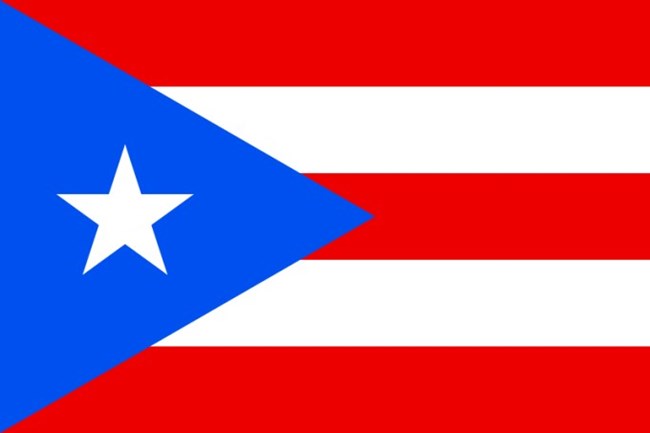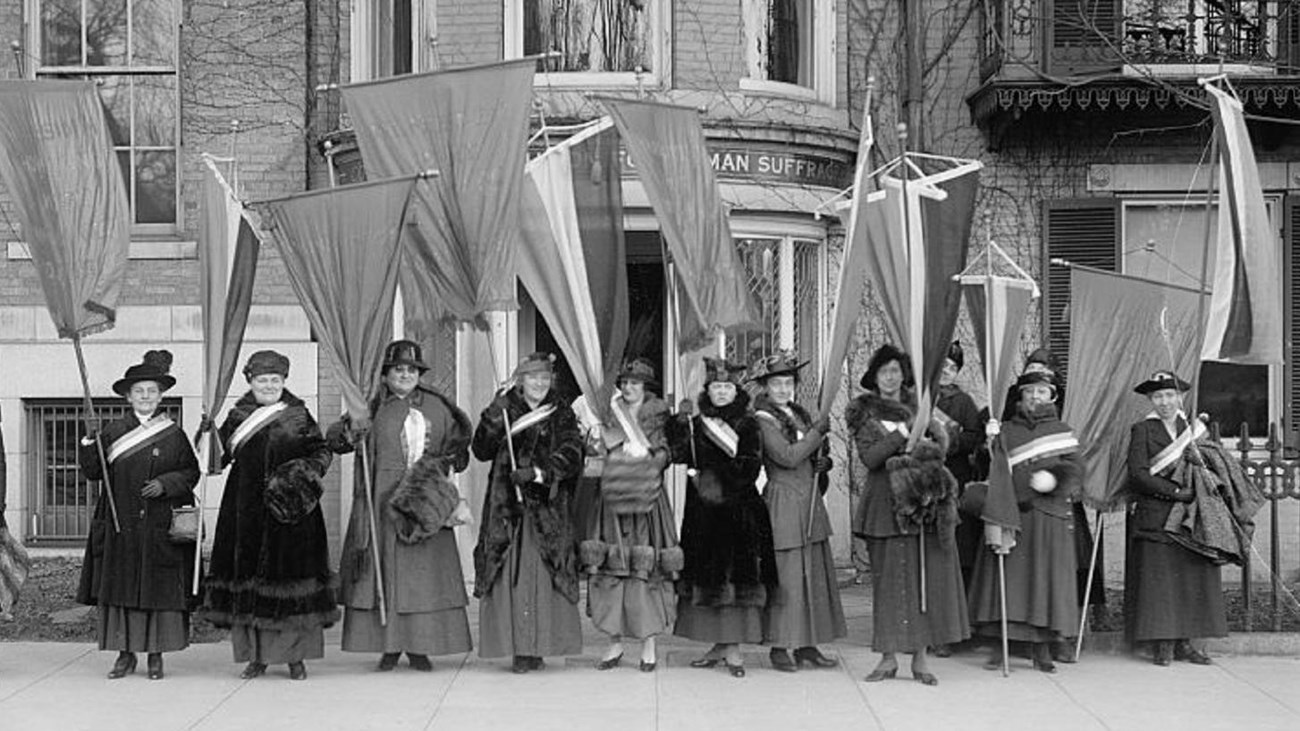Last updated: August 23, 2019
Article
Puerto Rico and the 19th Amendment

CC0
Women first organized and collectively fought for suffrage at the national level in July of 1848. Suffragists such as Elizabeth Cady Stanton and Lucretia Mott convened a meeting of over 300 people in Seneca Falls, New York. In the following decades, women marched, protested, lobbied, and even went to jail. By the 1870s, women pressured Congress to vote on an amendment that would recognize their suffrage rights. This amendment was sometimes known as the Susan B. Anthony amendment and became the 19th Amendment.
The amendment reads:
"The right of citizens of the United States to vote shall not be denied or abridged by the United States or by any state on account of sex."
After decades of arguments for and against women's suffrage, Congress finally passed the 19th Amendment in 1919. After Congress approved the 19th Amendment, at least 36 states needed to vote in favor of it for it to become law. This process is called ratification. By August of 1920, 36 states ratified the 19th Amendment, ensuring that the right to vote could not be denied based on sex by the United States or by any state.

The 19th Amendment impacted women differently based on where they lived. Puerto Rico is a United States territory, not a state. Because of this, it did not have the opportunity to ratify (or reject) the 19th Amendment. Puerto Rico residents were granted US citizenship in 1917, but were unable to vote in national elections.
In 1929, in response to pressure from the United States Congress, the Puerto Rico legislature granted literate women the right to vote. In 1935, the limitation to women who could read and write was lifted, and all adult women were granted access to the ballot.
Because Puerto Rico is an unicorporated territory of the United States, their representatives in the US Congress cannot vote on legislation; in addition, Puerto Rico residents cannot vote for US President.

Digitally explore the places of women's suffrage.
